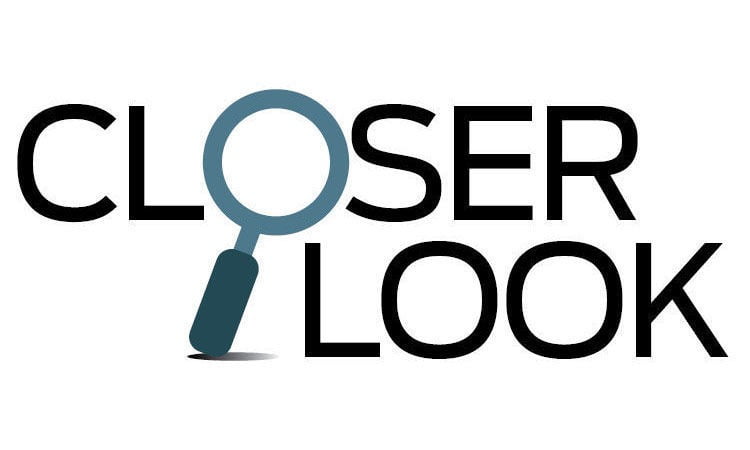Link to abstract (which is also below)
This paper is a misleading, irresponsible attempt to counter the 2010 Ana Bridges study on aggression in porn (“Aggression and sexual behavior in best-selling pornography videos: A content analysis update”), which found that 88% of the most popular porn films featured physical aggression against women.
However, this study is not comparable to the Bridges study, which chose the most popular videos. This newer study can tell us nothing about trends of aggression in the most popular videos between 2008-2016, as it claims to do. Why? Because the study did not assess videos based only on popularity, as this excerpt from the “Sample and Data Section” reveals:
In our initial sampling strategy, we sought to increase representation for both women and men from multiple ethnic and racial groups. Accordingly, we employed a purposive sampling technique, including in the initial sample the most watched videos from the following PornHub categories: “All” (70 videos), “Interracial” (25 videos), “Ebony” (52 videos), “Asian/Japanese” (35 videos), “Latina” (19 videos), and “Gay” (25 videos)
Choosing videos by predetermined categories, while omitting most other categories (there are probably hundreds of categories), means the researchers did not choose the most popular videos by views.
It gets worse. In the “Dependent variables to assess video popularity” section the researchers say they added in several videos with relatively few views:
Our initial sample included only the most highly watched videos, leading to relatively low heterogeneity on this measure. We therefore added an additional random sample of videos that received fewer views. The final sample thus includes a substantial variety of videos, ranging from about 11,000 views to more than 116 million views.
In short, this paper looks more like attempted propaganda than serious scholarship. In an earlier era, such shoddy, biased work would never have passed peer review.
Our impression that their work is both biased and unscientific is bolstered by the bold remarks that the authors of the paper made to mainstream reporters. The researchers implied that their artfully produced results had not only proved that porn was becoming less violent (flying in the face of nearly every account on the Web), but that these results also disproved the “addictiveness of pornography” – presumably because porn, they claim, is becoming “softer.”
First, there’s abundant evidence that many porn users escalate to more extreme material (violent and otherwise). See Studies Find Escalation in Porn Users.
Second, even if every claim made in their dubious paper were true, it wouldn’t tell us anything about the addictiveness of porn. Addiction is the inability to control behavior in the face of negative consequences. As many as a quarter of porn users report addiction, whether or not they have escalated to more extreme material. This is why the world’s most widely used diagnostic manual now includes a diagnosis that can be used for those addicted to porn.
Abstract
It is a common notion among many scholars and pundits that the pornography industry becomes “harder and harder” with every passing year. Some have suggested that porn viewers, who are mostly men, become desensitized to “soft” pornography, and producers are happy to generate videos that are more hard core, resulting in a growing demand for and supply of violent and degrading acts against women in mainstream pornographic videos. We examined this accepted wisdom by utilizing a sample of 269 popular videos uploaded to PornHub over the past decade. More specifically, we tested two related claims: (1) aggressive content in videos is on the rise and (2) viewers prefer such content, reflected in both the number of views and the rankings for videos containing aggression. Our results offer no support for these contentions. First, we did not find any consistent uptick in aggressive content over the past decade; in fact, the average video today contains shorter segments showing aggression. Second, videos containing aggressive acts are both less likely to receive views and less likely to be ranked favorably by viewers, who prefer videos where women clearly perform pleasure.
- PMID: 29669431
- DOI: 10.1080/00224499.2018.1451476
